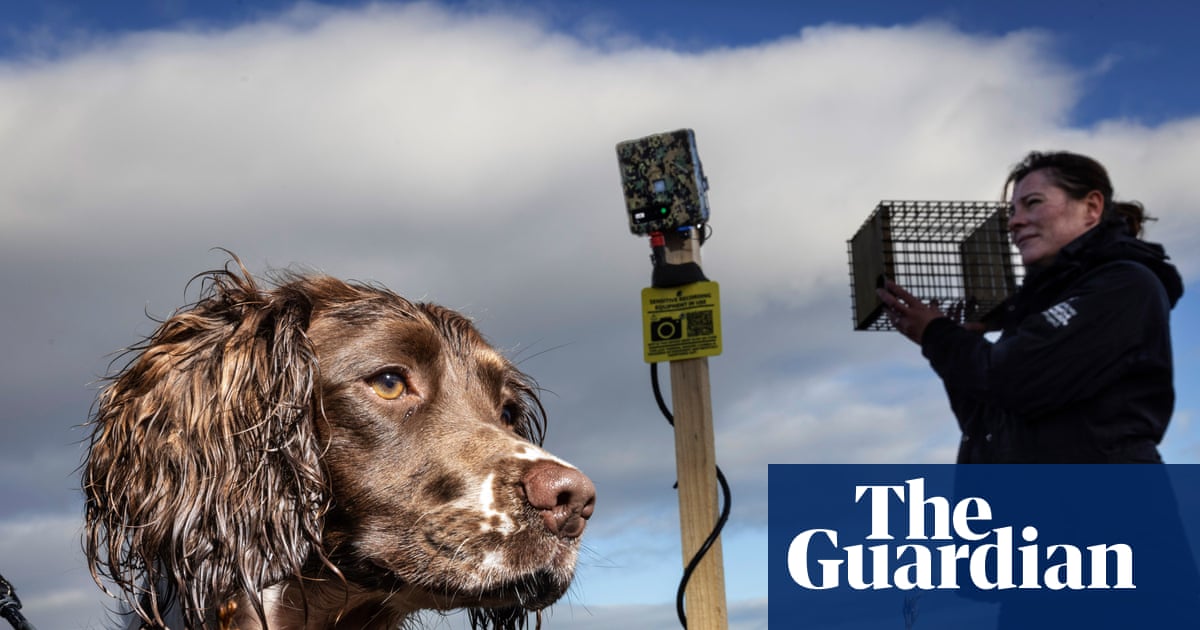
"At first, the stoat looks like a faint smudge in the distance. But, as it jumps closer, its sleek body is identified by a heat-detecting camera and, with it, an alert goes out to Orkney's stoat hunters. Aided by an artificial intelligence programme trained to detect a stoat's sinuous shape and movement, trapping teams are dispatched with the explicit aim of finding and killing it."
"The stoat is an existential threat to native ground-nesting birds for which Orkney is famous it is home to 11% of all the UK's breeding seabirds and about 25% of its hen harriers, as well as its most treasured native rodent, the Orkney vole. Conservationists on the islands, which sit in the far north of Scotland, have already used an array of 9,000 lethal traps and eight specially trained tracking and detection dogs to dispatch nearly 8,000 stoats over the past six years."
Orkney is deploying AI-assisted heat-detecting cameras, lethal traps, and specially trained dogs to locate and eliminate invasive stoats that threaten ground-nesting birds and native species. Nearly 8,000 stoats have been killed over six years using about 9,000 traps and eight detection dogs. At least 30 heat-detecting cameras will connect to a network that alerts trapping teams via computers and mobile apps when stoat-shaped heat signatures are detected. Stoats likely arrived around 2011, have rapidly colonised mainland and nearby islands aided by swimming ability, and face no natural predators on Orkney.
Read at www.theguardian.com
Unable to calculate read time
Collection
[
|
...
]